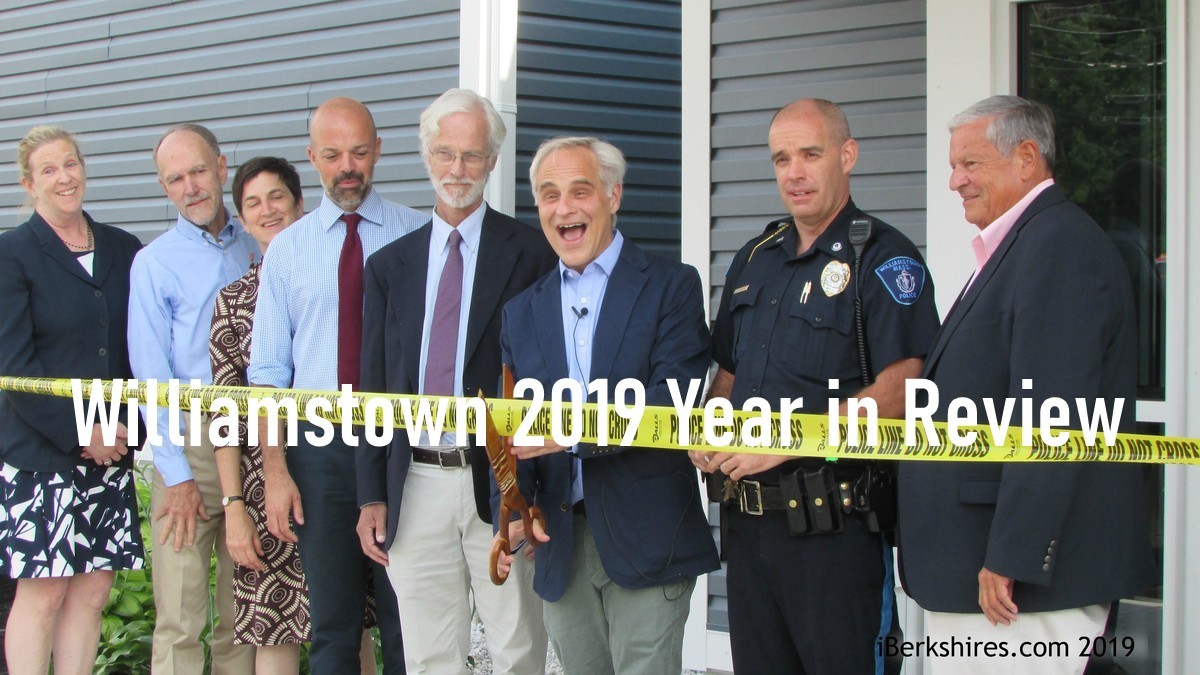
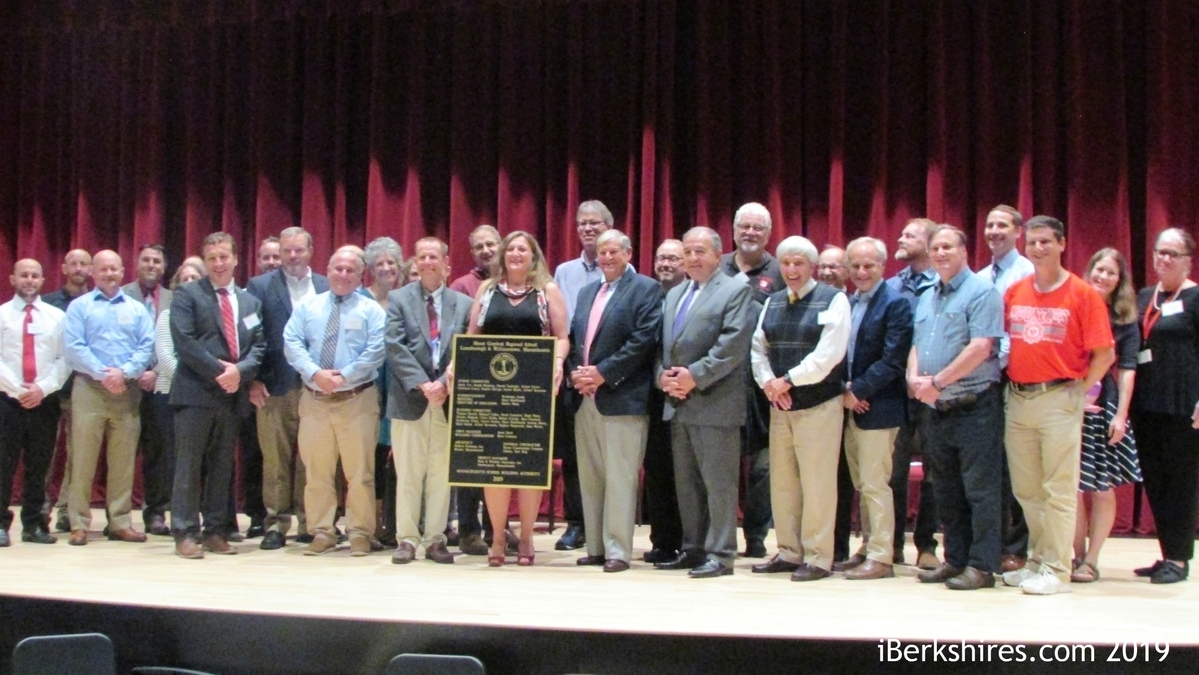
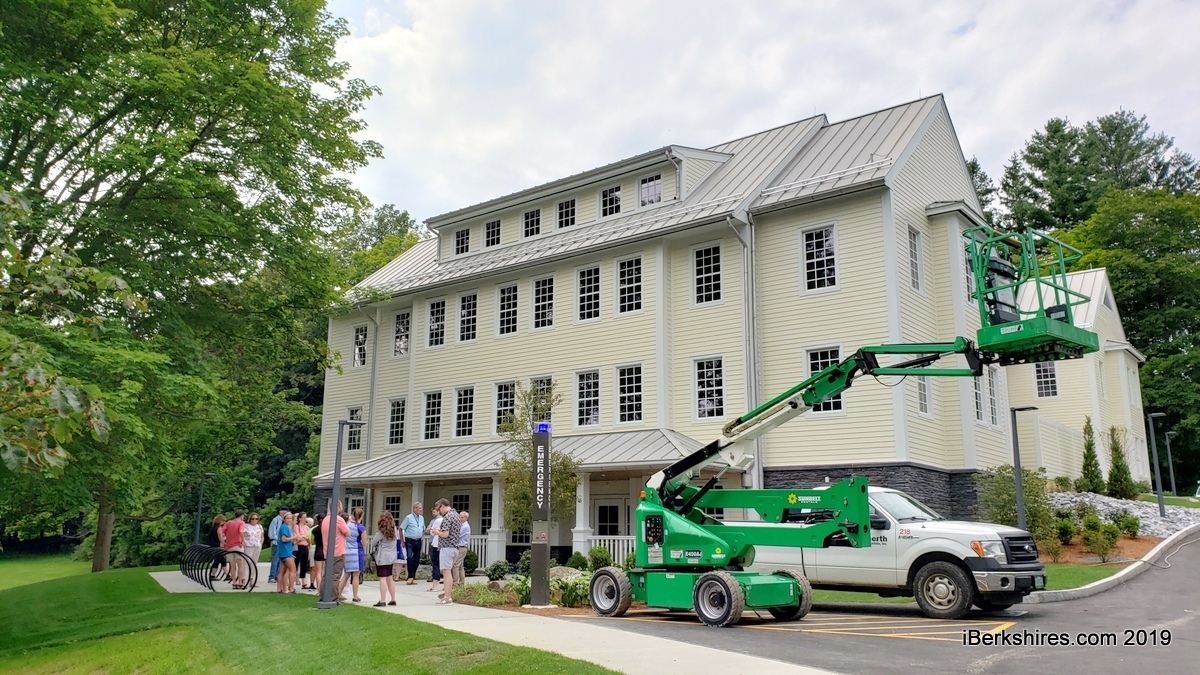
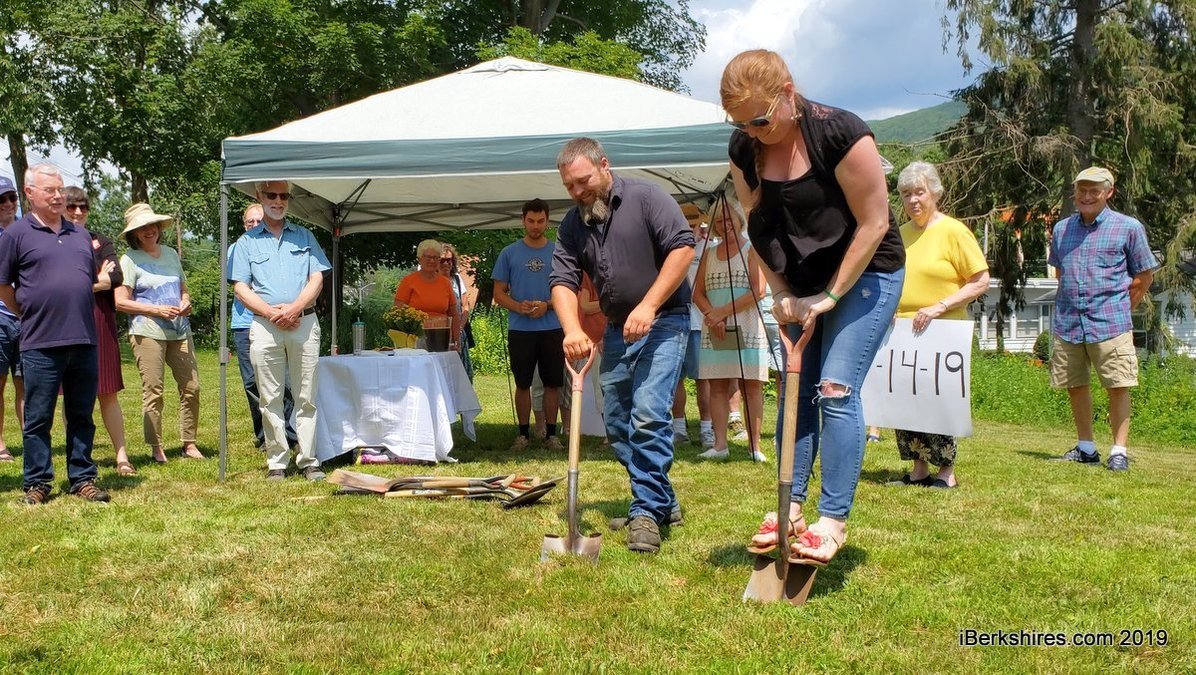
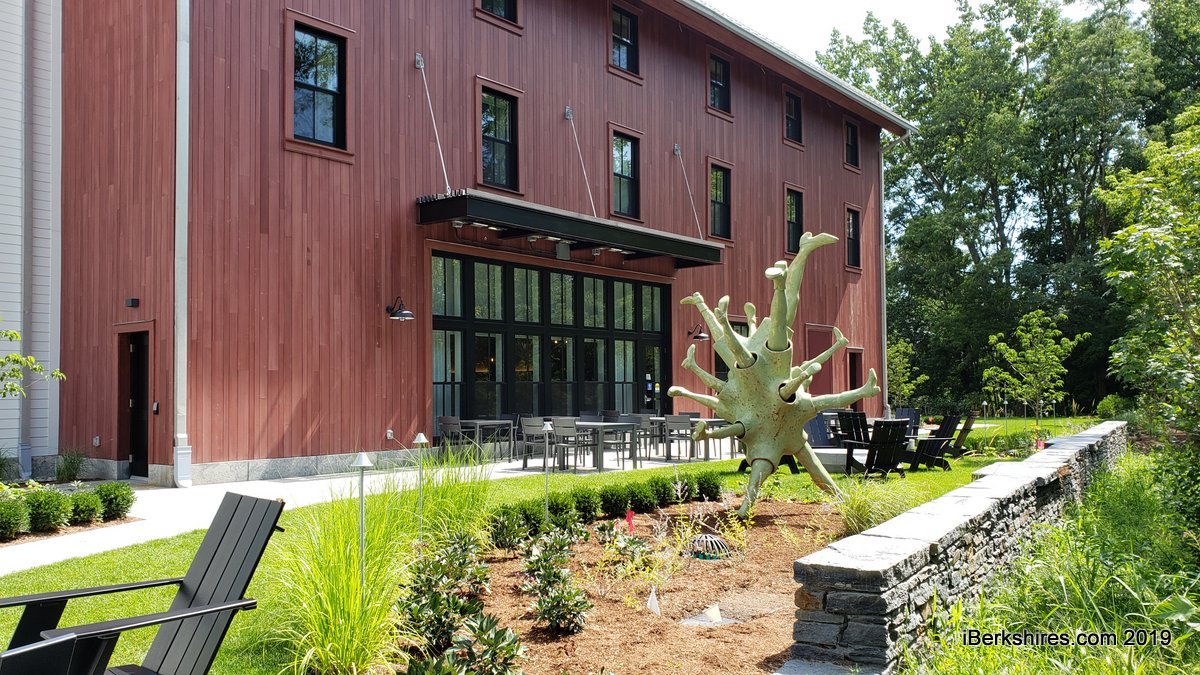
The new Williams Inn also opened at the bottom of Spring Street.
WILLIAMSTOWN, Mass. — The turf may be artificial, but the controversy is very, very real.
The one local issue that divided residents in the Mount Greylock Regional School District more than any other is whether the district should install an artificial turf playing field at the middle-high school.
On one side, some argue that: artificial turf fields are used all over the country, the commonwealth and the county North County, at Williams College, Massachusetts College of Liberal Arts and Berkshire Community College, fields where Mount Greylock teams often hold practices and games; a turf field at the school will provide needed outdoor opportunities for physical education classes during the late fall and early spring; varsity sporting events will have less rescheduling because of unplayable fields, thereby preventing schedule “compaction,” which forces Mounties teams play back-to-back dates, and reducing injury risk; students and student-athletes alike will benefit from a more consistent playing surface that will lead to fewer sprains and more serious injuries; an artificial turf field would offer fewer day-to-day maintenance costs; the school could potentially see a little revenue from field rentals; and, anyway, the scientific evidence that artificial turf materials are a health risk is unproven.
An artificial turf field is needed for the good of the children, they say.
A grass field is needed for the good of the children, they say.
One thing everyone can agree on: Mount Greylock has the money to build an artificial turf field if it wants to. The turf field has been bid once already as part of a larger project to address deficiencies in the school’s athletic fields related to Title IX and the Americans with Disabilities Act. Those deficiencies were grandfathered in to the “old” Mount Greylock, but the recent renovation/addition to the school itself triggered the need to come into compliance.
Although the artificial turf, per se, is not related to the ADA or Title IX issues, the field project as designed, includes the creation of some sort of multi-use field — grass or artificial turf — on land originally occupied by the demolished classrooms.
Mount Greylock has long intended to address its field deficiencies with a portion of the $5 million capital gift the district received from Williams College at the start of the building project. Neither the fields nor the space for the central administration (which was housed in the old Mount Greylock) were items that the Massachusetts School Building Authority would help pay for. Rather than putting them in the building project, which was MSBA funded, the School Committee and School Building Committee years ago broke the fields and administrative offices out with the intention of using the capital gift to pay for them.
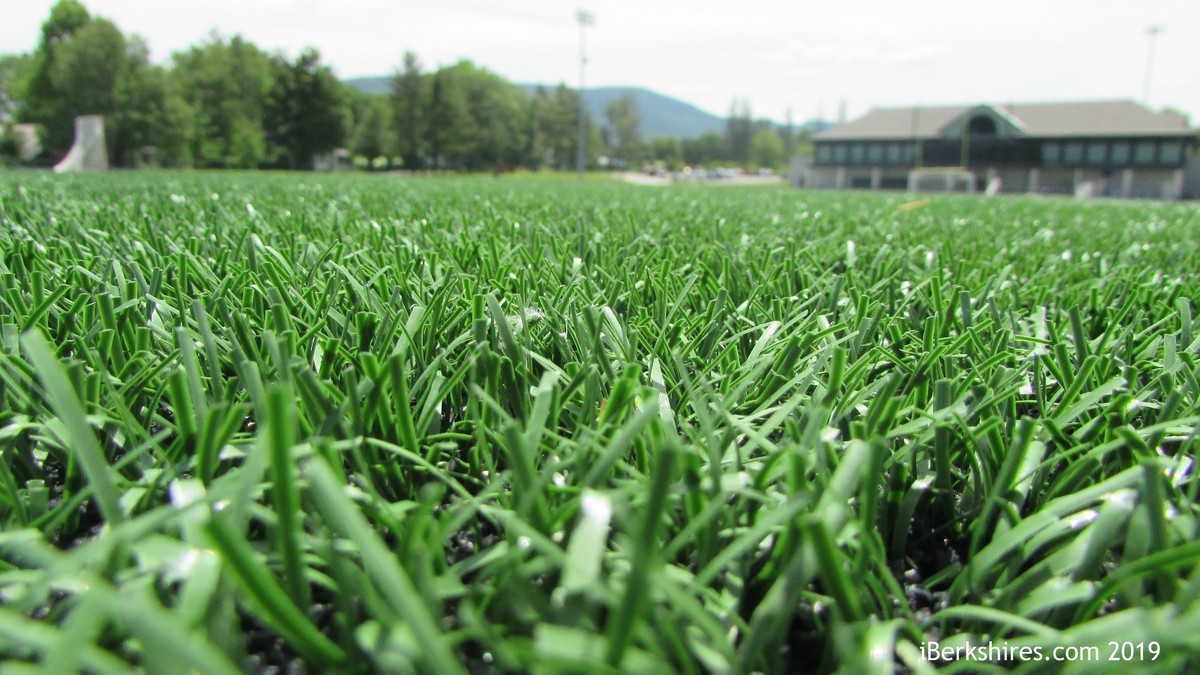
The debate over installing a turf field at Mount Greylock Regional School like this one at Williams College has dominated meetings.
As for the fields, the School Committee has decided to have them rebid with the artificial turf as an add alternate, potentially allowing the district to do the Title IX and ADA improvements without adding an artificial turf field … and certainly guaranteeing more arguments from the community and within the seven-member panel.
There was less division, but by no means complete harmony, at Town Hall this year.
The two biggest potential tempests were resolved without the need for the public body in question to make a decision.
Another controversy that generated a good deal of comment at meetings throughout the winter and spring ended in a pair of votes that were not nearly as close as the surrounding debates indicated.
The Planning Board brought to May’s annual town meeting a proposal to amend the zoning bylaw to allow more Williamstowners to add accessory dwelling units on their residential properties. Critics of the bylaw as drafted argued for months that the ADUs should be limited only to properties where one of the units — either the principal or accessory — is occupied by the owner of the lot. The argument went that without that limitation, the ADU bylaw would allow for single-family housing lots to become “mini apartment” lots with absentee landlords and change the character of neighborhoods.
The special permit amendment was defeated by a vote of 175-78 — 69 percent opposed. The bylaw as drafted by the Planning Board then passed with 86 percent majority.
When Williamstown residents were not arguing about what could be built, they were watching some long-term projects get built.
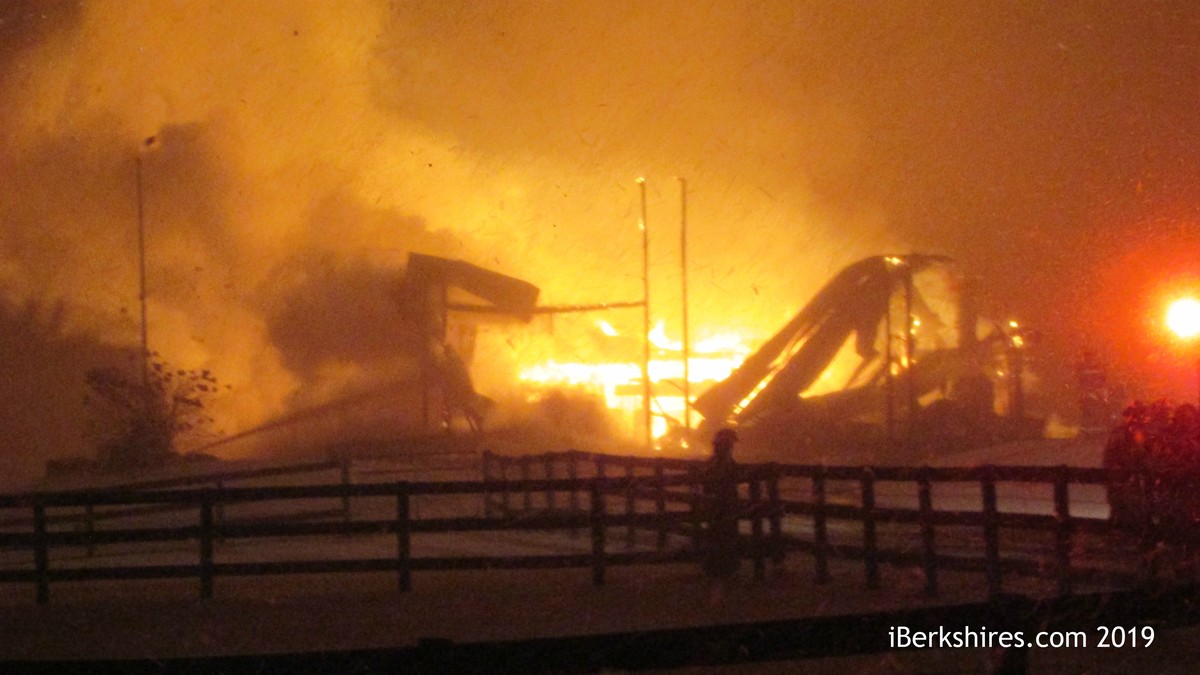
The barn and sugar house at Sweet Brook Farm were destroyed in a fire in February.
Fortunately, tragedy was averted on Halloween when a car struck a trick-or-treater on Cole Avenue, but the incident prompted a discussion by the Select Board when parents lined up to demand that the town find some way to make the area safer for children each Oct. 31. The board and town manager agreed to consult with police and develop a strategy for Halloween 2020.
Tags: year in review,


